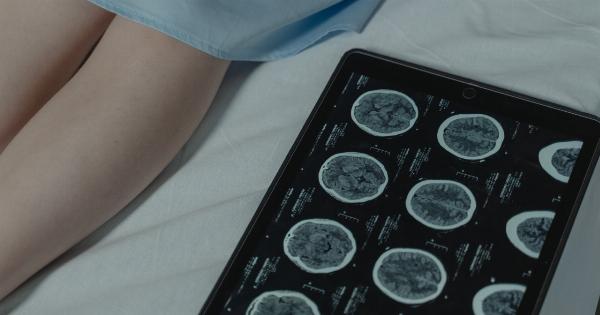Cardiovascular diseases are one of the leading causes of death worldwide. According to the World Health Organization (WHO), approximately 17.9 million people died from cardiovascular disease in 2016.
To mitigate the risk of these diseases, early detection and prevention are crucial.
Recent advancements in machine learning (ML) algorithms have enabled the possibility of predicting cardiovascular risk from non-invasive ophthalmic images.
In this article, we will discuss the two leading ML models used to predict cardiovascular risk from eye images.
The Importance of Ophthalmic Images in Predicting Cardiovascular Risk
The eye is an extension of the brain, and its blood vessels share similar characteristics with the brain’s blood vessels. Ophthalmic images are non-invasive and provide a clear view of the blood vessels in the eye.
Hence, abnormalities in these blood vessels have been linked to an increased risk of developing cardiovascular diseases.
The ability to detect and quantify these abnormalities through ophthalmic images provides a promising opportunity for early detection and prevention of these diseases.
Machine Learning Models to Predict Cardiovascular Risk from Eye Images
1. Convolutional Neural Networks (CNNs)
Convolutional Neural Networks (CNNs) are a class of deep learning neural networks that have been widely used in computer vision applications.
They have shown promising results in detecting abnormalities in ophthalmic images that are indicative of cardiovascular risk.
In a recent study by Ting and colleagues, a CNN-based model was used to predict cardiovascular disease from retinal images.
The model achieved an accuracy of 71.8% in predicting the risk of cardiovascular disease, outperforming conventional risk calculators such as the Framingham risk score.
2. Support Vector Machines (SVMs)
Support Vector Machines (SVMs) are a type of supervised learning algorithm used for classification and regression analysis. SVMs have been applied to ophthalmic images to predict cardiovascular disease risk.
In a study by Habib and colleagues, SVMs were used to classify patients at risk of developing cardiovascular disease from non-invasive ophthalmic images.
The model achieved an accuracy of 85% in correctly classifying patients at risk of developing cardiovascular disease.
Conclusion
The advancement of ML algorithms has made it possible to predict the risk of cardiovascular disease from non-invasive ophthalmic images. CNNs and SVMs are the two leading ML models used for this purpose.
These models have shown promising results in detecting abnormalities in ophthalmic images that are indicative of cardiovascular risk.
Early detection and prevention of cardiovascular diseases are crucial in mitigating the risk of these diseases and improving patient outcomes.
The use of ML algorithms in predicting cardiovascular risk from ophthalmic images provides a promising opportunity for early detection and prevention of these diseases.


























